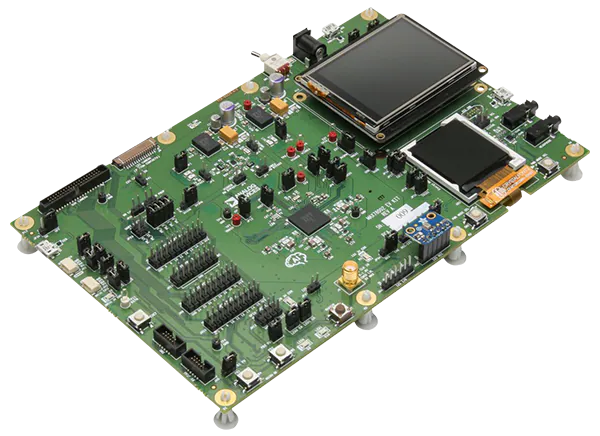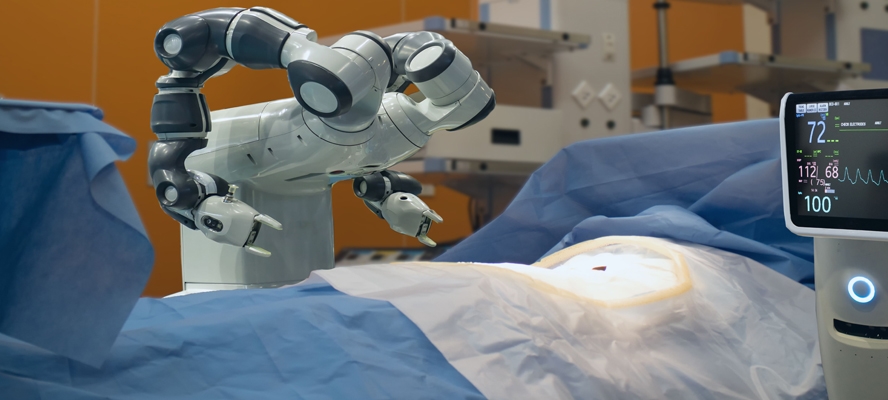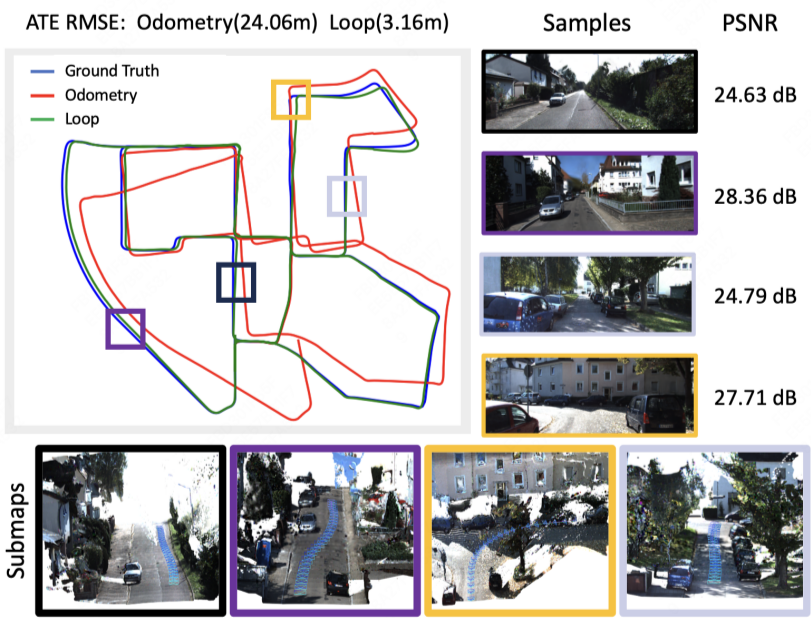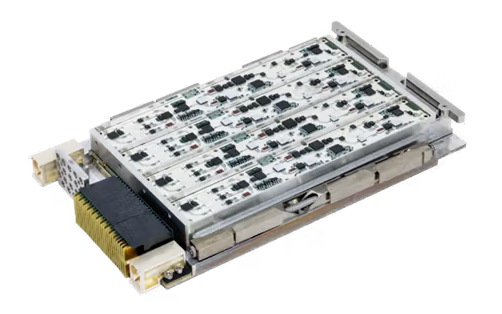
Integrated robotic systems include critical hardware such as the battery management system (BMS), multimodal sensor arrays, precision servomotors, and high-speed signal transmission modules. As system integration increases and operating environments become more complex, robots face growing electromagnetic compatibility (EMC) challenges, mainly transient surge events and electrostatic discharge (ESD). These disturbances can degrade signal integrity, cause bus communication errors, and, via capacitive or inductive coupling, induce control-command corruption or nonvolatile memory bit flips. High-energy transients may cause soft breakdown of power semiconductors or latch-up in CMOS ICs, potentially disabling robot functions. The protection device manufacturer DOWOSEMI has proposed protection schemes addressing transient surge and ESD in robotic systems.
1. BMS Short-Circuit Protection Scheme
The power system is central to robotic operation. The battery management system (BMS) manages and protects individual battery cells, preventing overcharge, overdischarge, overcurrent, and extending battery life while monitoring battery state. MOSFETs provide significant protection for lithium battery packs by detecting overcharge, overdischarge, charging overcurrent, discharge overcurrent, and short-circuit overcurrent. If a BMS short-circuit energy exceeds the MOSFET's maximum avalanche energy (Eas), the MOSFET can be destroyed, potentially causing BMS failure or fire. Therefore, adding TVS diodes to absorb transient energy and reduce the stress on MOSFETs is advisable. Recommended TVS diodes for BMS short-circuit protection include SMAK10-058C, SMAK10-066C, and SMAK10-076C in SMTO-218 packages. These devices offer high peak pulse current (IPP up to 10 kA), low clamping voltage, and low leakage, and meet environmental test requirements such as HTRB, MSL, H3TRB, and RSH.
2. Motor Drive Transient Surge Overvoltage Protection
Motors provide the primary drive and motion execution in robots, including linear and rotary actuators. Motor startup or stopping can generate surge currents. At startup, the low static resistance makes powering equivalent to a short circuit; as an inductive load, the motor draws large reactive current. Back electromotive force can stress MOSFETs in the drive circuit and cause failures. TVS diodes are used to absorb this energy and protect the drive electronics. Recommended TVS series for motor drive transient overvoltage protection include 5.0SMDJ51A, 5.0SMDJ70A, and 8.0SMDJ80A in SMC packages, with peak pulse power ratings up to 8 kW, low clamping voltage, and low leakage.
3. DC-DC Input Transient Surge Protection
DC-DC converters change one DC voltage level to another, for example converting 48 V to 5 V or 12 V. Robot DC input ports are susceptible to transient surges that can damage DC-DC converter chips and downstream circuitry if unprotected. Recommended TVS diodes for DC input protection include SMF48A, SMAJ48A, SMF70A, and SMAJ70A. Selection should be based on the input voltage range and the circuit operating current.
4. Signal Interface Surge and ESD Protection
Signal interfaces on robots, such as USB Type-C, RS-485, general I/O, JTAG, and RF connectors, are prone to ESD events. ESD can permanently damage internal semiconductor components such as ICs and chips. Installing ESD protection diodes at signal interfaces provides fast response to discharge static energy, protecting interface circuits and connected internal electronics.
The preceding sections outlined surge and ESD protection schemes and suggested TVS diode selections for common robotic subsystems. In real-world applications, addressing EMC/EMI compatibility and IEC 61000-4 series compliance may require topology optimization and adjustment of protection device parameters to match specific system conditions.
 ALLPCB
ALLPCB







